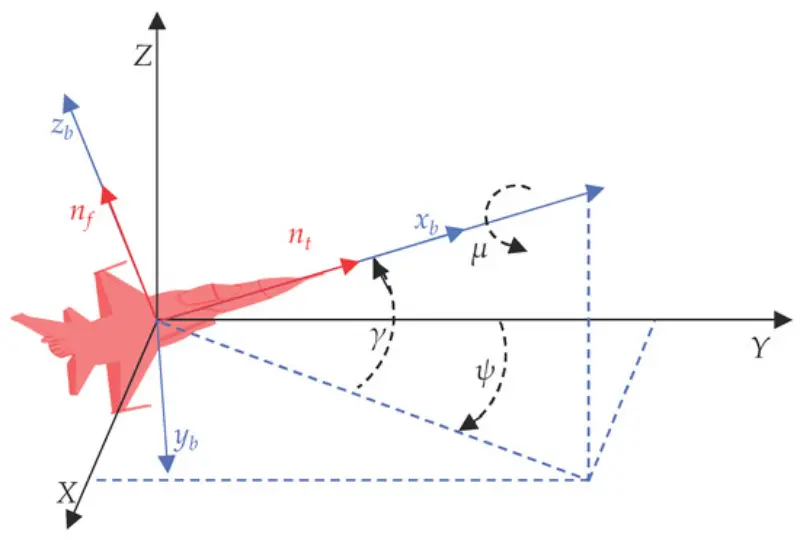The Fighter’s Brain: A Supercomputer in the Skies

Fighter pilots are like superheroes of the sky, making split-second decisions in high-stakes situations. Their brains work like powerful flight computers, processing millions of data points per second to keep them sharp and safe. Let’s dive into how the “fighter’s brain” handles the intense demands of flying a jet, why it’s so special, and how it’s evolving with new technology.
Why Flying a Fighter Jet Is So Intense
Imagine flying faster than the speed of sound while tracking enemies, reading cockpit screens, and feeling intense G-forces. Fighter pilots do all this at once, and their brains process a flood of information—up to 11 million bits per second from their eyes, ears, and body. It’s like a computer sorting through tons of data to focus on what matters most, like spotting a threat or adjusting the jet’s path in a split second.
Studies show that seasoned pilots, like those flying F-16s, are better at combining information from their senses, such as balance and movement, to make quick decisions. This skill is critical in dogfights, where even a tiny delay could be dangerous.

How a Pilot’s Brain Stands Out
The brains of fighter pilots are different from the average person’s. Research from University College London shows their brains are extra sensitive to visual and balance cues, helping them process information faster. MRI scans reveal stronger connections in areas that handle spatial awareness and decision-making.
Pilots also have amazing focus. They can ignore distractions and zero in on critical tasks, like landing a jet perfectly. A Stanford study found that pilots make better landing decisions by using their brain’s visual areas more efficiently. Over time, flight training rewires their brains, boosting areas that control attention and quick reactions.
Even under stress, pilots stay calm. While most people’s brains might panic, pilots train to keep their cool, ensuring their “flight computer” doesn’t crash when the pressure’s on.
Processing Data Like a Machine
A fighter pilot’s brain works like a supercomputer. Your eyes alone send about 10 million bits of data per second to your brain, but in combat, pilots filter this down to act fast. EEG studies show their brainwaves sync up during intense moments, helping them make decisions in milliseconds.
One study used AI to analyze pilots’ brain activity, showing how they sort through chaos to spot threats, much like a computer’s processor. However, stress can slow down memory or problem-solving for a few seconds, so pilots train hard to stay sharp.
Training a Superhuman Brain
Becoming a fighter pilot means training your brain to be a high-performance machine. Flight simulators and mental exercises help rewire the brain for better focus and faster reactions. Pilots use tools like EEG to monitor their mental workload, fine-tuning their skills like engineers tweaking a computer.
Experienced pilots even handle G-forces better because their brains adapt over time, making them more resilient.
The Future: Merging Brains with Machines
The future of the fighter’s brain is mind-blowing. Brain-computer interfaces (BCIs) are letting pilots control jets with their thoughts. DARPA tests have shown pilots flying simulators—and even multiple jets—using brain implants. In one amazing case, a woman with quadriplegia piloted an F-35 simulator just by thinking.
New helmets in development let pilots control systems without surgery, blending their brains with AI to process even more data. This could turn the fighter’s brain into a hybrid supercomputer, taking aviation to new heights.
Wrapping Up: The Power of the Fighter’s Brain
The fighter pilot’s brain is an incredible “flight computer,” handling millions of data points per second to navigate the chaos of aerial combat. Through intense training and cutting-edge tech, pilots push the limits of what the human mind can do. Whether you’re into aviation or just amazed by the brain’s power, the fighter’s brain shows us what’s possible when humans are pushed to their peak.
Want to learn more? Check out research from UCL or Stanford, and keep an eye on brain-computer tech that’s changing the game in aviation.



